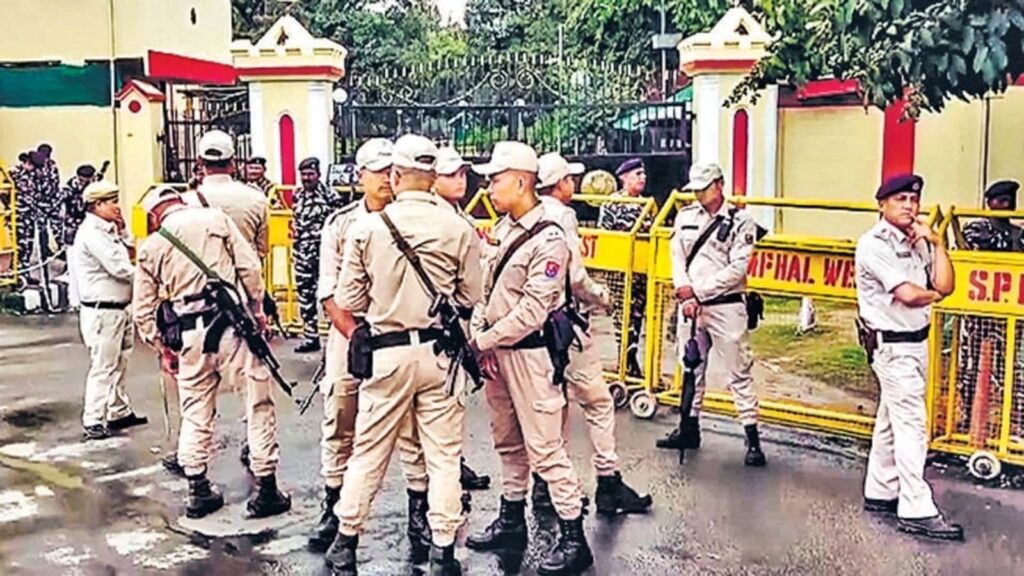An unprecedented face-off between the Assam Rifles and the Manipur Police has laid bare the disturbing fault lines inside the administration that is responsible for restoring peace and building bridges between two communities which have effectively partitioned the state, separated by a fractious buffer zone. Though the deep divide between Meiteis and Kukis had already compromised the state’s response to the violence that has killed 150 people and displaced 40,000, the new rift threatens to endanger the peace process altogether. This is particularly disturbing as the horrors unfolding in Manipur have captured the national consciousness, with efforts at the highest levels — from the Centre to the Supreme Court — to ensure a modicum of justice for the victims, especially the victims and survivors of sexual assault. The bitter public exchange between two forces responsible for the state’s security threatens to jeopardise whatever little semblance of law and order that remains in Manipur.
The trouble began in the early hours of Saturday, when three Meitei men were shot dead and their bodies mutilated in their homes in Kwakta ward 8 of Bishnupur. Following the murder, Meitei groups began protesting against the Assam Rifles, demanding their removal. Meira Paibis, a collective of Meitei women, accused the Assam Rifles of bias and excessive force. On Monday, Assam Rifles personnel were replaced with civil police and Central Reserve Police Force at a check post in Moirang between Bishnupur and Kangvai. A day later, state police registered a first information report (FIR) against Assam Rifles personnel for allegedly stopping them from pursuing armed miscreants involved in the killing of the three. This came hours after a viral video clip showed Manipur Police officers accusing Assam Rifles of interfering in their operation. Late in the evening, the Army rejected the allegation against the Assam Rifles.
The developments are deeply troubling. A unified command was set up in Manipur to paper over the obvious ethnic cracks in the administration, but now it appears that even basic law-and-order operations are affected by the tensions that have refused to ebb. The Centre and the state have to respond to the rupture represented by this public spat, and work things out to present a unified face. The time has also come to diversify from just a securitised approach to a system where political measures and social bridge-building take centre stage.
Experience unrestricted digital access with HT Premium
Explore amazing offers on HT + Economist


